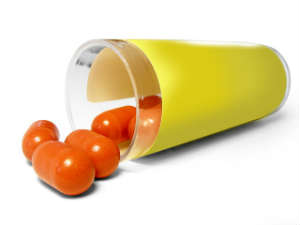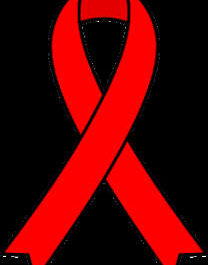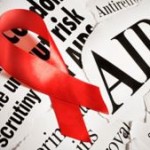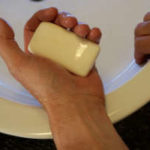World AIDs Day 2017, Myths And Facts
Ira Riklis discusses World AIDs day in this post which has been happening each year on the 1st of December since 1988. The day aims at uniting people and mourning the 35 million individuals who have died from the virus. The event has been diversified to focus on the success that has been attained worldwide in fighting against HIV AIDS and teach people on the importance of continuing to support the 36.7 million people living with it in the entire globe.
This year, the theme of the day was Right to Health. The theme aims at informing those living with HIV and those affected by the unfortunate epidemic to reach the goal of health coverage. WHO operates under the slogan that every person counts and it will advocate for the individuals to access safe, effective, affordable and quality medical care. This includes medicines, diagnostics and other services that they may need. This is to protect them from facing any financial risks.
The main messages under this theme are:
- Help the affected reach the universal health coverage
- No one is to be left behind
- Incorporation of HIV, hepatitis, and tuberculosis
- Super services for individuals who have HIV
- Individuals with HIV have access to high-quality yet affordable care
- The response is strong and leads to stronger health systems
Myths And Facts About HIV
There have been numerous myths about HIV and here are some of their factual answers:
Is it possible to contract HIV by sharing a cup with an infected person or coming into contact with them?
This is one of the reasons why you find stigmatization growing since people are afraid to share items with the infected. The fact is, HIV can only be transmitted when body fluids come in contact. Some of the courses include unprotected sex, sharing of needles and sharp objects, a mother breastfeeding her kid or through blood transfusion. Sharing a cup or glass cannot lead to transmission of the virus.
Other contact myths include transmission include contracting the disease once you shake an infected person’s hand or hugging them. Skin contact cannot transmit HIV. Also, you cannot get the virus by sharing a meal with a person living with HIV. Although it is transmitted through body fluid, saliva is an exception. Also, if an affected person cooks a meal and some of his/her blood gets in the meal, the virus is destroyed by heat from cooking and exposure to the air thus; you should not fear to take a meal just because an HIV positive individual prepared it.
Other Things That Do Not Transmit HIV
Sweat, urine, tears, and human fecal matter from an infected individual – These fluids do not transmit HIV. You can only contract it if you come into contact with blood and semen of an infected process.
Animals and insects – For example, if an insect bites an infected person, then bites you later, you cannot get the virus. Also, animals cannot get the virus as it is only for human.
Air – It is not an airborne disease and therefore standing next to an infected individual, and then they sneeze, spit, or coughing cannot get the virus transmitted to you.
Water – The virus cannot survive in water, and therefore you will not get it from swimming pools, bath tabs and drinking water.
Musical instruments – Playing musical tools that have been used by an HIV positive person cannot give you the virus.
Tattoos and piercing – You can only contract if the artist uses needles and other instruments that have been used on someone else without proper disinfection. However, this is an irregularity, and it rarely happens, and therefore you should not fear.
Finally, HIV is not a curse neither is it meant for a specific group of individuals. Anyone can get it, but you can protect yourself. Avoid practicing unprotected sex, ensure to undergo a test before blood transfusion, and do not share sharp objects.
We should all show love to people living with HIV and AIDs and never stigmatize them. This will help them live a positive life which could, in turn, extend their lifespan one they feel loved and supported.







